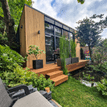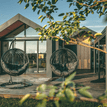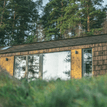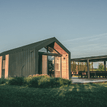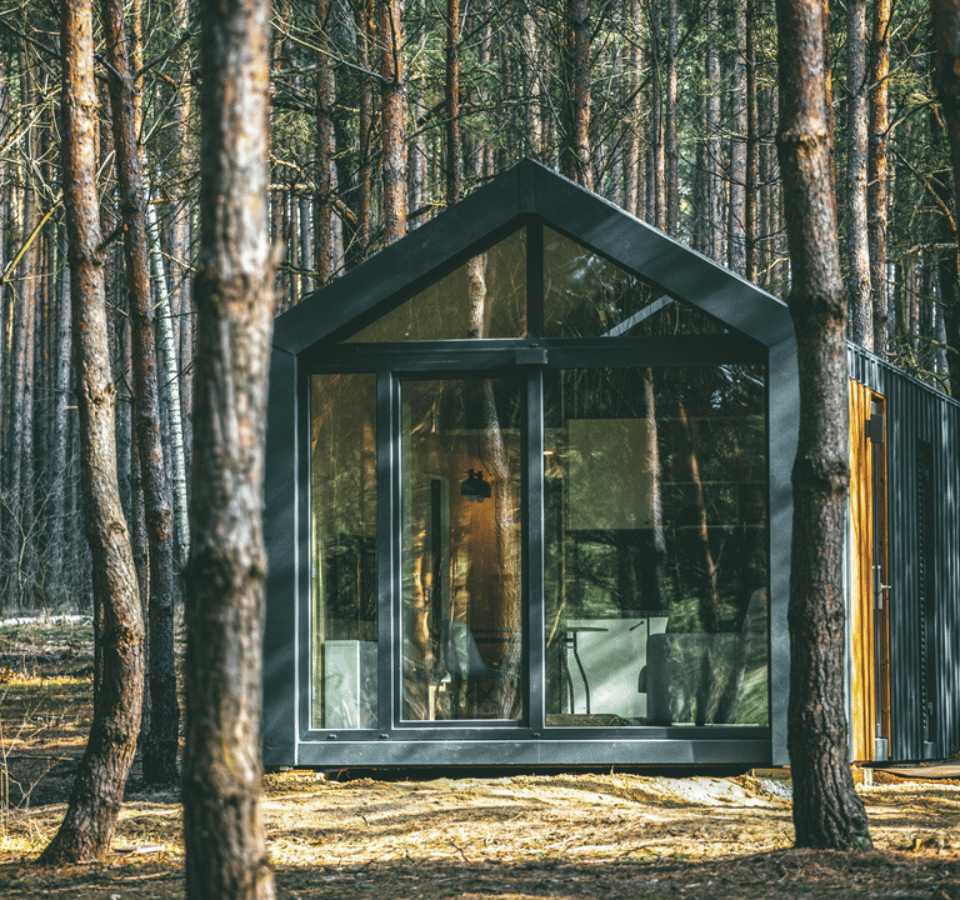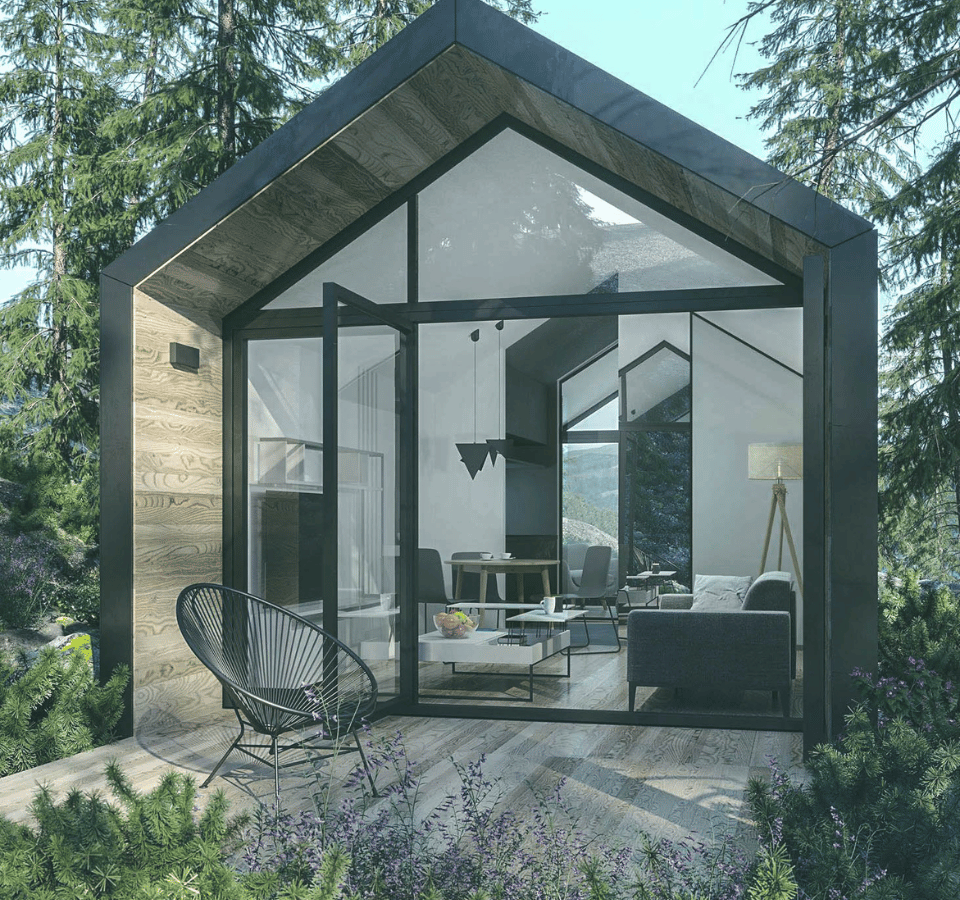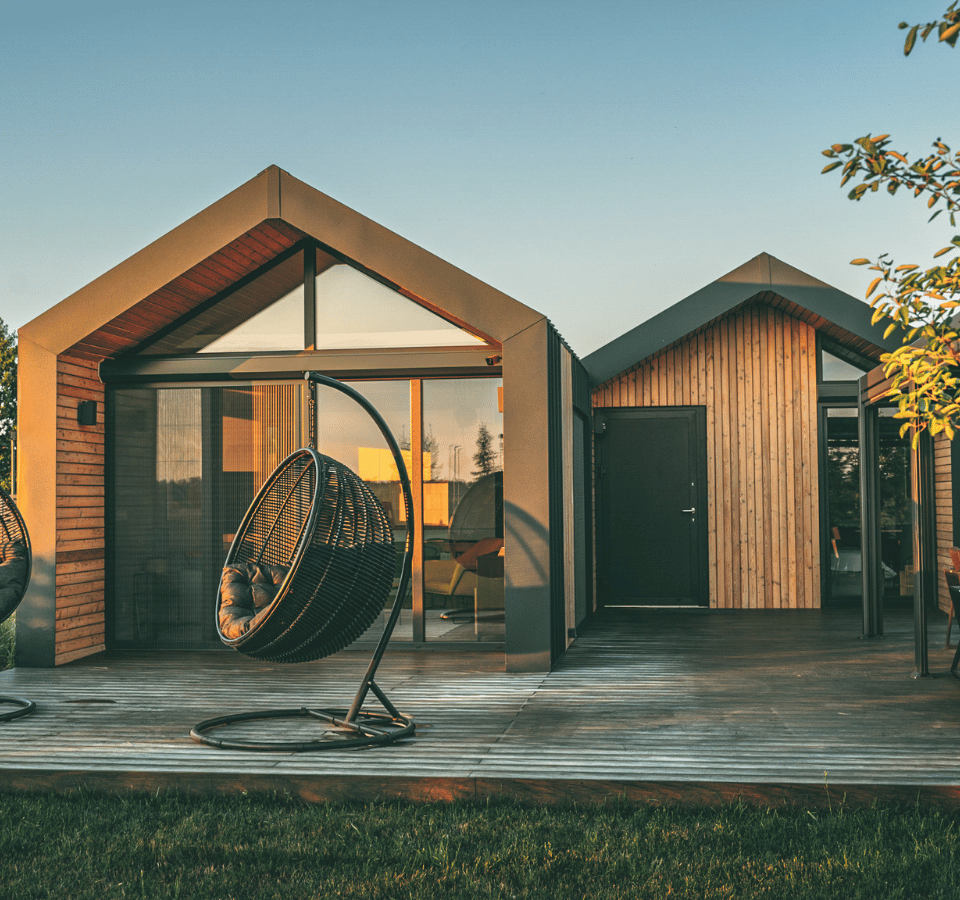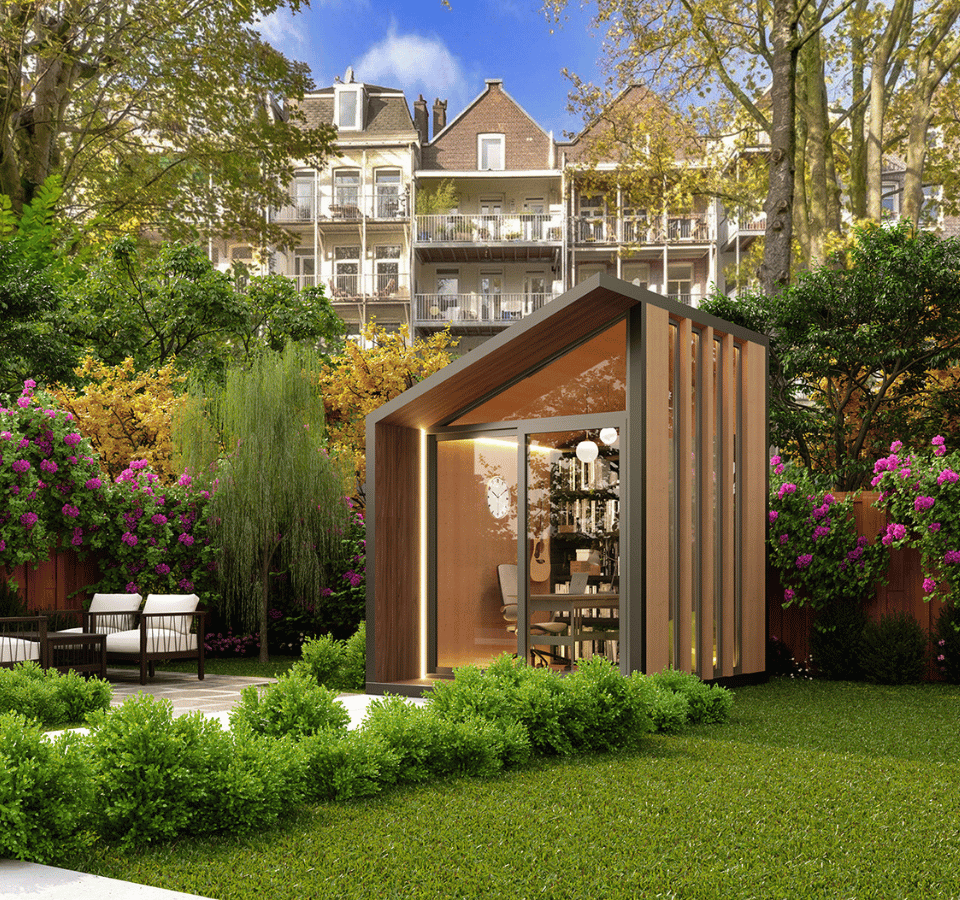Investing in a Tiny House
- Home
- Investing in a Tiny House
Hey there, are you looking for a new investment opportunity? Consider investing in Tiny Houses! In this comprehensive guide, I will tell you everything you need to know about investing in these cute and compact homes.
Definition of Tiny Houses
A Tiny House is a small, yet complete, home that is built sustainably and designed to be self-sufficient. The idea behind Tiny Houses is to live with fewer possessions and be more conscious of the impact we have on the environment. There is no fixed definition of what exactly a Tiny House is, but generally, it is considered to be a home with a footprint of less than 50 square meters. A Tiny House can be built in various ways, such as on wheels for mobility or on a fixed foundation.Tiny Houses are often constructed using sustainable materials and techniques, including features like solar panels, rainwater harvesting, and efficient insulation. The goal is to be as self-sufficient as possible and reduce dependence on energy and water consumption associated with larger homes. Despite their small size, Tiny Houses are intended to be functional and include all the necessities for comfortable living. A Tiny House may have a kitchen, bathroom, bedroom, and living area, and some Tiny Houses even have additional space for work or relaxation, or extra bedrooms.
Benefits of Investing in Tiny Houses
Investing in Tiny Houses offers numerous advantages. They are affordable, sustainable, and easy to maintain. Furthermore, there is a growing demand for these small homes, especially among individuals seeking a minimalist lifestyle or an affordable housing option. Here are a few reasons why people are interested in investing in these small homes:- Cost Savings: Tiny Houses are generally much cheaper than traditional homes. This means that investors need to spend less money to purchase and maintain a home. Additionally, Tiny Houses are often highly energy-efficient, which can result in cost savings on energy bills.
- Sustainability: Tiny Houses are often constructed using sustainable materials and are designed to have minimal environmental impact. Investing in a Tiny House is a way to contribute to a sustainable future.
- Flexibility: Tiny Houses are easy to move, giving investors more flexibility in choosing where to place their homes. This can be advantageous for individuals who change jobs frequently or enjoy traveling.
- Minimalism: Tiny Houses promote a minimalist lifestyle, encouraging people to be content with less. This can help shift focus to what truly matters in life and contribute to a happier and more fulfilling existence.
- Innovation: Tiny Houses are a relatively new concept, and there is ongoing experimentation with new designs and materials. Investing in Tiny Houses offers the opportunity to participate in an exciting and growing industry.
- ROI: The time to recoup your investment is very low. With a smart strategic approach, a placed Tiny House can pay for itself in as little as 3 years. Traditional housing falls far short of this. So, be smart and be one of the first.
Did you know that the average Tiny House owner pays less than €68,000 for their home? That’s significantly less than the cost of a traditional house.
Market Analysis
Now that we understand what Tiny Houses are and why they are great, let’s take a look at the current state of the market for these small homes. The demand for Tiny Houses is growing rapidly, especially among millennials. More and more people want to downsize and spend less on overly expensive housing. Additionally, there is a rising number of Tiny House communities emerging, further boosting the popularity of Tiny Houses.Potential Market Growth
The Tiny House market has a lot of potential for growth, especially considering the increasing demand for sustainable and eco-friendly homes. It is also an attractive option for individuals pursuing financial independence and/or seeking an alternative lifestyle.Comparison with the Traditional Housing Market
While the Tiny House market is still relatively small compared to the traditional housing market, it is growing rapidly and receiving increasing attention. Moreover, Tiny Houses have the advantage of being much more affordable than traditional homes, making them accessible to a broader range of people. Additionally, in terms of investments, the Return on Investment (ROI) will be achieved much more quickly.
Comparison of Financing Options
There are several financing options available for purchasing a Tiny House, depending on your financial situation and the availability of credit. Here are some common financing options for Tiny Houses:
- Savings: If you have sufficient savings, buying a Tiny House in cash may be the most cost-effective option. This way, you avoid interest and loan repayments.
- Personal Loan: A personal loan can be a good option if you don’t have the money to buy a Tiny House but have good creditworthiness. The interest on a personal loan is typically higher than a mortgage, but since Tiny Houses cost less than traditional homes, the amount you borrow is likely to be lower.
- Mortgage: In some cases, it may be possible to get a mortgage for a Tiny House. However, this often depends on the specific circumstances of the buyer and the type of Tiny House being purchased. It’s important to note that a mortgage is typically only available for permanent residences and Tiny Houses that meet certain safety and building standards.
- Crowdfunding: Some people finance their Tiny House through crowdfunding. This is a process where various investors contribute small amounts to raise a larger sum of money. Crowdfunding can be a viable option if you don’t have access to other financing options.
When choosing a financing option, it’s important to consider the interest rate, the loan term, and the terms and conditions of the loan. It can also be helpful to consult with a financial advisor to determine the best option for your specific situation.
Pros and Cons of Each Financing Option
Here are the pros and cons of the previously mentioned financing options for Tiny Houses:- Mortgage Loan:
- Pros: Low interest rate, longer loan term, possibility to deduct mortgage interest from taxes.
- Cons: Requires high creditworthiness, extensive credit check and documentation required, reduced flexibility in repayment.
- Personal Loan:
- Pros: Quick approval and disbursement, no collateral required, flexible repayment terms.
- Cons: Higher interest rate, shorter loan term, smaller credit limit.
- Credit Cards:
- Pros: Fast access to funds, no collateral required, convenient payment options.
- Cons: High interest rate, high credit costs, high debt burden.
- Crowdfunding:
- Pros: Easy access to capital, increased exposure for your project, support from community members.
- Cons: Ability to raise only a limited amount, less certainty about successful funding, sharing profits with investors.
- Savings:
- Pros: No debt, no interest costs, full control over ownership.
- Cons: Potential for reduced liquidity, possible reduction in other investment opportunities, risk of capital loss.



Rental Management
Rental management of your tiny house is an important step if you plan to rent out your cottage. Having a solid rental management strategy is crucial to keep your tenants satisfied and ensure a reliable and consistent income stream.
Additionally, you should ensure that you create a clear rental agreement that clearly defines the rights and obligations of both the tenant and the landlord. The contract should include information about payment methods, rental terms, and any penalties or legal consequences that apply if a tenant fails to comply with the rental agreement.
Consider enlisting the services of a professional rental management company to rent and manage your tiny house. This can save you a lot of time and effort and ensure that your tiny house is always rented out.
As a Conclusion, Tips for Maintaining Tiny House Investments
- Regularly check for leaks and water damage. Ensure that the roof and windows are properly sealed to prevent leaks. Also, inspect the plumbing and drainage systems regularly to ensure there are no leaks.
- Keep the Tiny House clean. Clean the house regularly, both inside and outside. Remove leaves, branches, and debris from the roof and gutters to prevent them from getting clogged.
- Inspect the electrical wiring and appliances. Electrical issues can be dangerous and should be addressed promptly. Regularly check the wiring and ensure that all appliances are functioning correctly.
- Don’t forget exterior maintenance. The exterior of the Tiny House can be exposed to the elements. Ensure that the paint or finish remains in good condition to prevent damage.
- Conduct regular inspections of the Tiny House. Do this at least once a year to ensure the house is safe and to address any issues promptly.
Contact us
Are you interested in investing in one of our Tiny House models? Contact us or fill out the form to receive our comprehensive brochure with all the options, prices, dimensions, and models.

